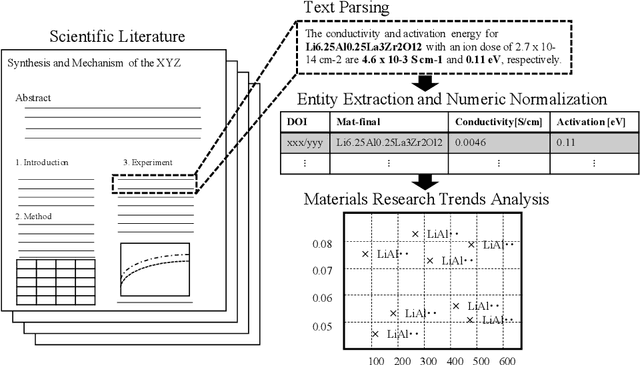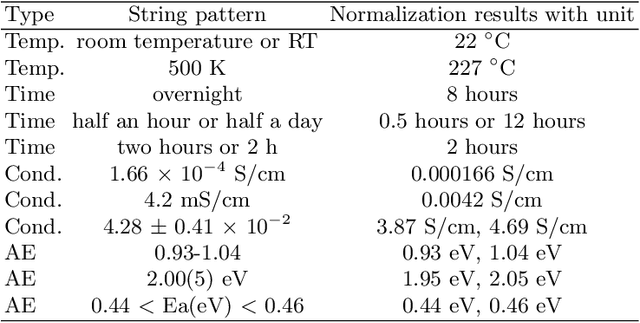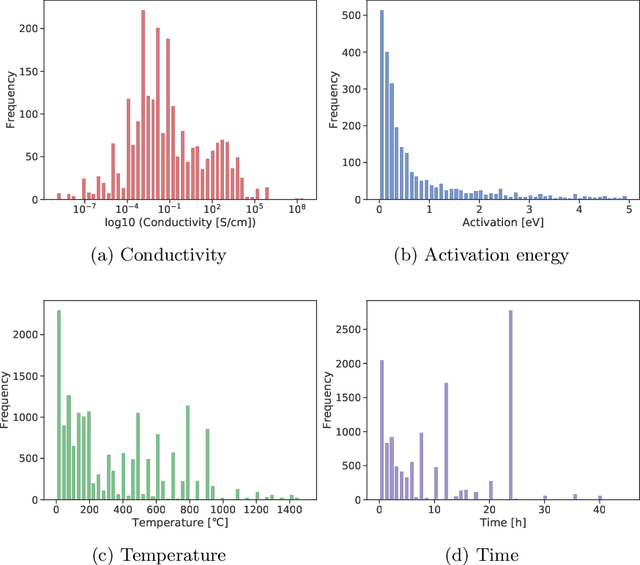Analyzing Research Trends in Inorganic Materials Literature Using NLP
Paper and Code
Jun 27, 2021



In the field of inorganic materials science, there is a growing demand to extract knowledge such as physical properties and synthesis processes of materials by machine-reading a large number of papers. This is because materials researchers refer to many papers in order to come up with promising terms of experiments for material synthesis. However, there are only a few systems that can extract material names and their properties. This study proposes a large-scale natural language processing (NLP) pipeline for extracting material names and properties from materials science literature to enable the search and retrieval of results in materials science. Therefore, we propose a label definition for extracting material names and properties and accordingly build a corpus containing 836 annotated paragraphs extracted from 301 papers for training a named entity recognition (NER) model. Experimental results demonstrate the utility of this NER model; it achieves successful extraction with a micro-F1 score of 78.1%. To demonstrate the efficacy of our approach, we present a thorough evaluation on a real-world automatically annotated corpus by applying our trained NER model to 12,895 materials science papers. We analyze the trend in materials science by visualizing the outputs of the NLP pipeline. For example, the country-by-year analysis indicates that in recent years, the number of papers on "MoS2," a material used in perovskite solar cells, has been increasing rapidly in China but decreasing in the United States. Further, according to the conditions-by-year analysis, the processing temperature of the catalyst material "PEDOT:PSS" is shifting below 200 degree, and the number of reports with a processing time exceeding 5 h is increasing slightly.
 Add to Chrome
Add to Chrome Add to Firefox
Add to Firefox Add to Edge
Add to Edge